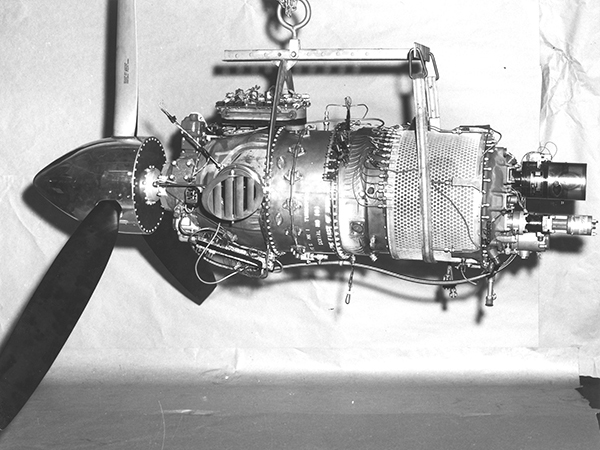Today is the 50th birthday of the legendary Pratt & Whitney Canada PT6 turboprop. That first engine was delivered to Beech Aircraft Company for installation onto an aircraft that would become the equally-remarkable Beechcraft King Air.
The PT6 had its genesis at what was then the United Aircraft of Canada Limited (UACL) factory in Longueuil, Quebec. In the mid-1950s, UACL had looked at the market and determined that there was a need for a small, efficient turboprop in the 500-shaft-horsepower (SHP) range. They felt there was technology available to replace then-current radial piston engines that dated back to the 1920s, like the P & W Wasp.
So in 1957, a group of 12 young engineers got together to design a powerplant that was unlike any engine of its time. Turboprops of the day were either massive, such as the 4,000 SHP Allison T56 that powered the Lockheed C-130 Hercules, or they were early-generation and inefficient, like the Rolls-Royce Dart that flew on the Vickers Viscount.
The engineering team made design choices that would stand the test of time. They separated the gas generator and the power sections of the turbine. Think of your car – the gas generator in the PT6 is like your engine, and the power section is the transmission. Other turboprops had the gas generator directly connected to the power section. If that was in your car, it would be like trying to start and drive it with the transmission always engaged. By splitting the engine, starting was much easier and maintenance was hugely simplified. The design is also called a “free turbine”.
